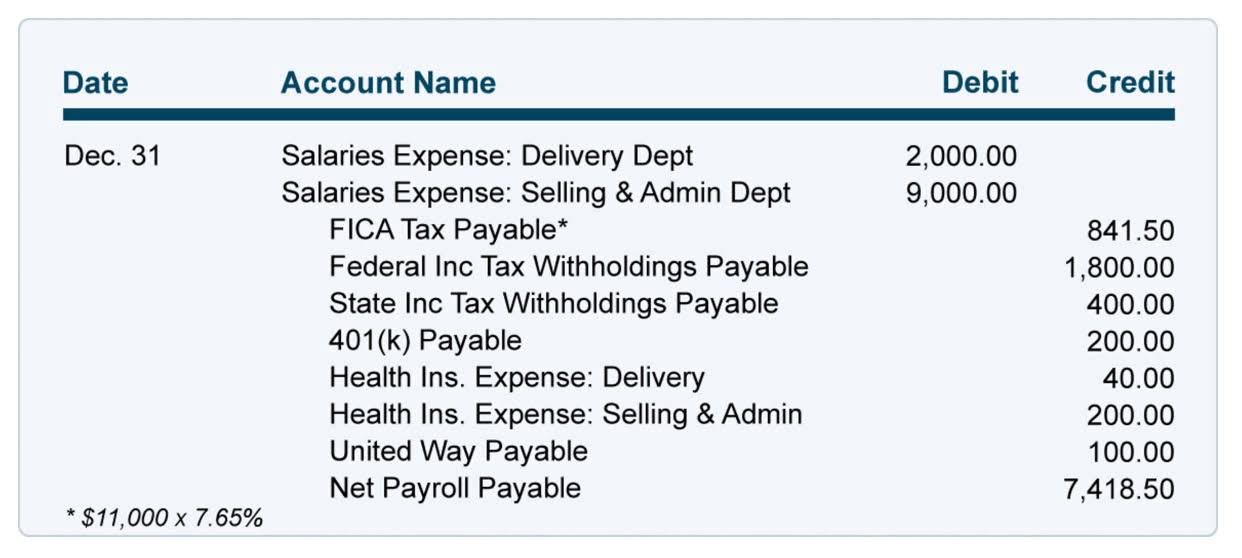
By the end of the PP&E’s useful life, the ending balance should be equal to our $200k assumption – which our PP&E schedule below confirms. The beginning balance of the PP&E is $1 million in Year 1, which is subsequently reduced by $160k each period until the end of Year 5.
Example of salvage value calculation for a car belonging to a business for after and before tax

This $1,000 may also be considered the salvage value, though scrap value is slightly more descriptive of how the company may dispose of the asset. This means that not only do they get to utilize the asset over its useful life, they also get to recover funds for the asset when they are done using it. A lease buyout is an option that is contained in some lease agreements that give you the option to buy your leased vehicle at the end of your lease.
Market Demand

Redtech, a manufacturing company, is considering a new project to manufacture a recyclable product that is made of paper. To begin with this manufacturing process, https://x.com/BooksTimeInc Redtech has to install a new machine, which is expected to have 5 years of economic life. After that, this machine should become obsolete and be replaced by a newer technology machine. Yes, if the sale of an asset results in a loss and taxes are paid on that loss, the after-tax salvage value can be negative. Taxes can impact the salvage value of an asset by either reducing the amount of money received from the sale if there is a gain, or providing a tax deduction if there is a loss. It is expected to stay economical for 5 years after which the company expects to upgrade to a more efficient technology and sell it for $30 million.

Prepare a depreciation journal entry
Say your carnival business owns an industrial cotton candy https://www.bookstime.com/ machine that costs you $1,000 new. It uses the straight-line percentage on the remaining value of the asset, which results in a larger depreciation expense in the earlier years. Terminal Cash Flow is the final cash flow (i.e., Net of cash inflow & cash outflow) at the end of the project. It includes after-tax cash flow from disposing of all the equipment related to the project and recoupment of working capital.

Depreciation and After-Tax Salvage Value Assumptions
Take a look at similarly equipped 2015 Hyundai Elantras on the market and average the selling prices. However, MACRS does not apply to intangible assets, or things of value that you can’t see or touch. Intangible assets are amortized using the straight-line method and usually have no salvage value, meaning they’re worthless at the end of their useful lives. The Internal Revenue Service (IRS) uses a proprietary depreciation method called the Modified Accelerated Cost Recovery System (MACRS), which does not incorporate salvage values.
- To make an informed choice, you need to calculate the after-tax salvage value of the equipment, which will significantly impact your company’s financial statements and tax liabilities.
- In such cases, the insurance company decides if they should write off a damaged car considering it a complete loss, or furnishing an amount required for repairing the damaged parts.
- It represents the amount that the asset is expected to be worth when it is no longer useful or productive to the business.
- The better the condition, the more valuable the asset is likely to be in the salvage market.
- By incorporating NRV, businesses can maintain compliance with accounting standards, make informed decisions, and provide stakeholders with a realistic view of their financial health.
- NPV is the result of calculations that find the current value of a future stream of payments using the proper discount rate.
- The third decision rule is for the situation of continuous regular payments that are variable in amount.
Salvage Calculation
In general, the salvage value is important because it will be the carrying value of the asset on a company’s books after depreciation has been fully expensed. It is based on the value a company expects to receive from the sale of the asset at the end of its useful life. In some cases, salvage value may just be a value the company believes it can obtain by selling a depreciated, inoperable asset for parts.
Formula and Calculation of Salvage Value
As new and more efficient technologies emerge, older assets may become outdated and less desirable in the market. This can lead to a decline in their salvage value as buyers prefer assets with the latest technological capabilities. The level of maintenance and upkeep performed on an asset throughout its lifespan can affect its salvage value. Proper maintenance and regular upkeep can help preserve an asset’s condition and functionality, increasing its salvage value. On the other hand, neglected or poorly maintained assets may have a reduced salvage value due to their diminished condition. Salvage value and depreciation are both accounting concepts that are related to the value of an asset over its useful life.
- Terminal Cash Flow is the final cash flow (i.e., Net of cash inflow & cash outflow) at the end of the project.
- The depreciation expense reduces the carrying value of a fixed asset (PP&E) recorded on a company’s balance sheet based on its useful life and salvage value assumption.
- There may be a little nuisance as scrap value may assume the good is not being sold but instead being converted to a raw material.
- This method estimates depreciation based on the number of units an asset produces.
- Using the example of leasing a car, the residual value would be a car’s estimated worth at the end of its lease term.
Double-Declining Balance Depreciation Method
For tangible assets, such as cars, computers, and machinery, a business owner would use the same calculation, only instead of amortizing the asset over its useful life, he would depreciate it. The initial value minus the residual value is also referred to as the “depreciable base.” You must subtract the asset’s accumulated depreciation expense from the basis cost. Otherwise, you’d be “double-dipping” on your tax deductions, according to the IRS.
What Is an Asset’s Salvage Value?
With a 20% depreciation rate, the first-year expense is $800, and the second year is $640, and so on. Despite the various advantages, there are a few factors that prove to be a hassle. Let us understand the disadvantages of how to calculate after tax salvage value terminal cash flow calculation through the points below. Depreciation measures an asset’s gradual loss of value over its useful life, measuring how much of the asset’s initial value has eroded over time. For tax purposes, depreciation is an important measurement because it is frequently tax-deductible, and major corporations use it to the fullest extent each year when determining tax liability.
